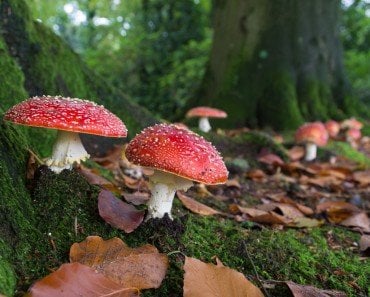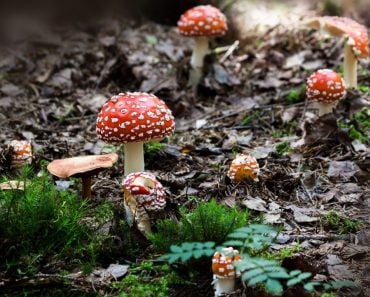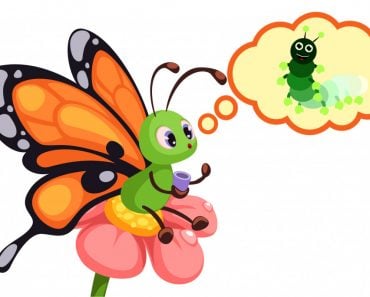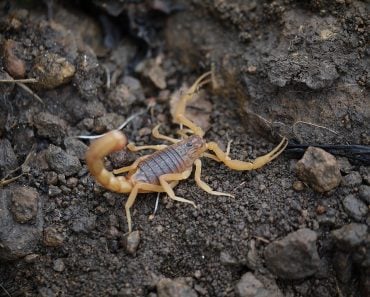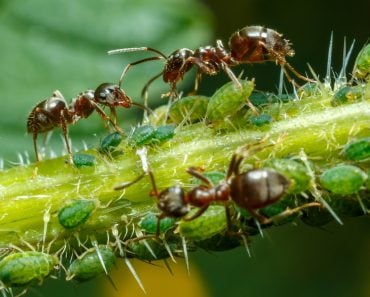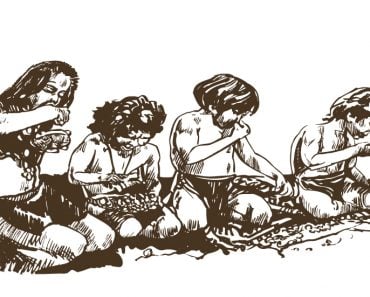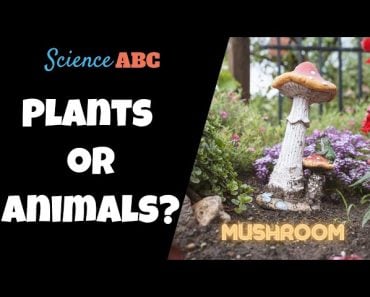Table of Contents (click to expand)
From dictionary definitions, one can only infer that mushrooms are gilled fungi (no mention of edibility), while toadstools are fungi believed to be inedible or toxic.
Ancient folk tales used the term ‘toadstool’ to define poisonous, large-capped mushrooms on which toads were believed to habitually rest on. Since then, the difference between mushrooms and toadstools has become somewhat blurred.
Even Wikipedia clubs them together and defines mushroom synonymously with toadstool by placing it adjacent to the former in brackets, as in mushrooms (or toadstools) are fleshy, spore-bearing, fruiting fungi. Mushrooms are known as the meat of the vegetable world. They are used in the preparation of pizzas, casseroles, soups, noodles, rice and dozens of other common meals. Who would’ve thought that a fungus would taste so delicious!
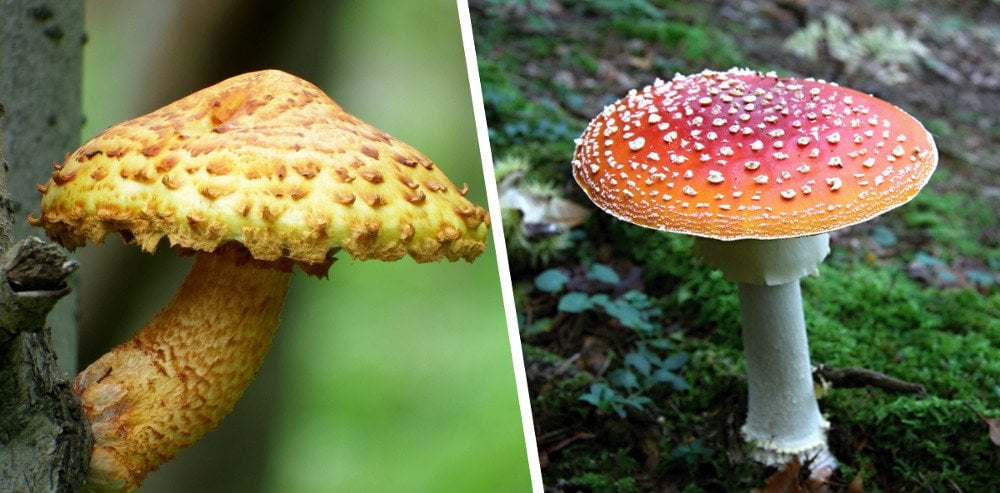
Recommended Video for you:
Mushroom And Toadstool Are Unscientific Labels
Both names are therefore merely unscientific labels to define different varieties of fungus. However, there is a popular consensus that while mushrooms are white-capped species that grow in fields and are safe and edible, toadstools are inedible or poisonous species of fungi, which are identical twins to mushrooms, whose consumption can cause minor gastrointestinal infections, psychosomatic issues, such as confusion and anxiety, or worse, death. One cannot even refer to dictionaries to obtain clear and distinctive definitions. The Oxford Dictionary defines them as:
Mushroom: A fungal growth that typically takes the form of a domed cap on a stalk, with gills on the underside of the cap.
Toadstool: The spore-bearing fruiting body of a fungus, typically in the form of a rounded cap on a stalk, especially one that is believed to be inedible or poisonous.
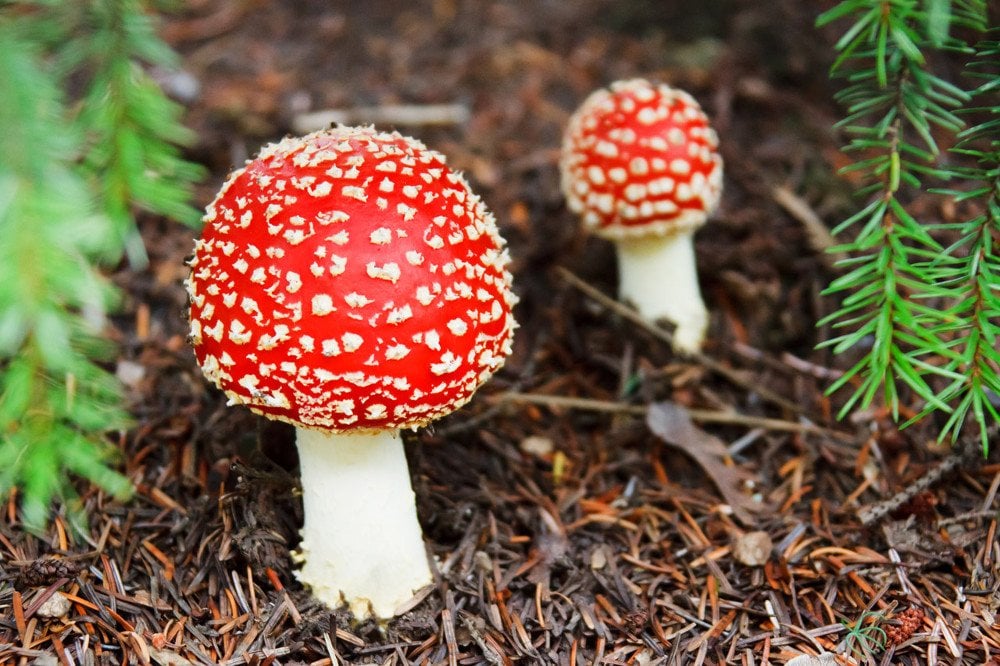
From these dictionary definitions, one can only infer that mushrooms are gilled fungi (no mention of edibility), while toadstools are fungi believed to be inedible or toxic. However, due to the fact that the resemblance in their appearances is so similar, any forager treading through a forest or hiking a dense hill may mistake a toadstool for a mushroom and end up either hallucinating vivid unicorns or sitting in a hospital with liver or kidney failure.
This is a terrifying thought considering the innumerable species of fungi out there and our essential lack of knowledge about any of them. Therefore, how can we identify the harmless ones?
How Do We Classify Mushrooms And Toadstools?
Poisonous mushrooms were associated with toads because toads were known to be carriers of toxins and diseases. This is the reason why fungi are one of the least understood species on the planet. The repugnance is largely cultural, because, for centuries, fungi were believed to be the work of witches and evil spirits, for they had been proliferators of several infections and deaths.
A forager, in any case, however hungry, must not rely on old-wives’ tales – horribly played games of telephone – to pluck mushrooms for dinner. Caution is imperative, but classifying mushrooms is a difficult task. The term “mushroom” is loosely used and does not provide a full account of every species of mushroom there is – some have pores underneath, while some have spines, and several of them are not gilled. The term resembles a class of macroscopic fungal fruiting bodies, rather than a class structured on precise taxonomic knowledge.
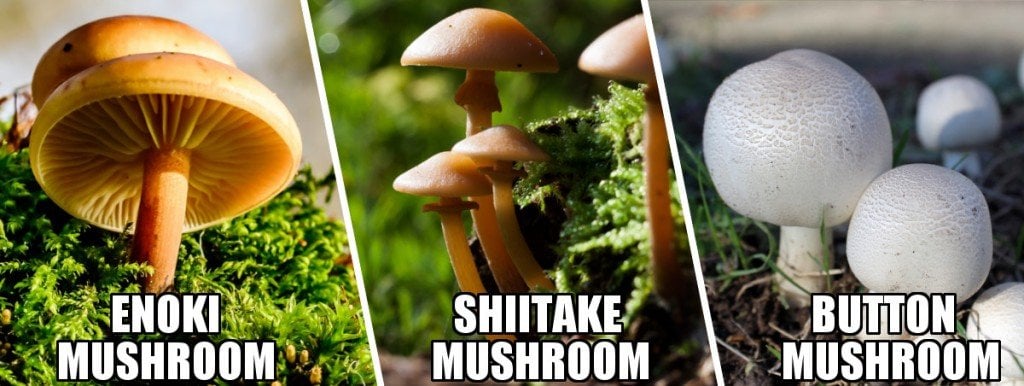
There is no single trait by which all toxic or edible mushrooms can be identified. Visual or tactile identification requires meticulous attention to detail. By detail, I mean a myriad of criteria, not a species’ shape alone. One must parse its color, size, pores, gills, spore color, flesh color, habitat, vulva, stem color, roots, smell, latex and many other characteristics before devouring a bunch of mushrooms.
Or, we could simply refer to molecular data to gain indomitable clarity. Molecular classification is the optimum way to winnow the edible mushrooms from the toxic toadstools. However, I have yet to witness a forager who carries expensive microscopes and scalpels on his hikes. Modern classification is based on molecular differences, but the old standard (and inaccurate) methods still prevail.


